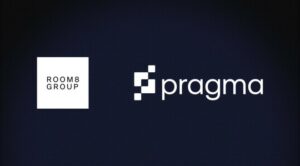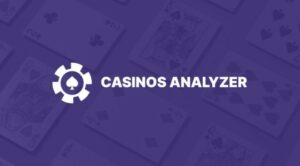Key Moments:
- The NFT gaming market is projected to hit USD 0.54 trillion in 2025, with potential to double to USD 1.08 trillion by 2030 at a 14.84% annual growth rate.
- Blockchain is transforming digital assets by granting players real ownership and enabling cross-game transfers.
- The play-to-earn model allows players to receive cryptocurrency rewards for their engagement and achievements.
Transforming Digital Ownership in Gaming
The integration of blockchain technology is driving a fundamental change in the structure of the gaming industry. Unlike conventional systems where in-game assets are confined to a single platform, blockchain allows for true ownership, letting players buy, sell, and transfer items across different environments. By converting in-game items into non-fungible tokens (NFTs) recorded on the blockchain, users gain genuine control over their virtual assets.
The global blockchain gaming market size was valued at 4.83 billion USD in 2022 and is expected to expand at a compound annual growth rate (CAGR) of 68.3% from 2023 to 2030. pic.twitter.com/iZaTJdEdBa
— XAI 🎮⛓️ (@XAI_GAMES) September 22, 2023
Creating New Economic Models through Play-to-Earn
Blockchain gaming has introduced a play-to-earn economy in which players can receive cryptocurrency in exchange for their time and skills. This approach reverses the traditional pay-to-play structure and has given rise to expansive game-based economies. Axie Infinity, for instance, has established an ecosystem with over one million active participants, where NFT-linked characters generate value and, in some cases, income for players.
Cross-Platform Assets and Market Flexibility
One of blockchain gaming’s standout features is interoperability, enabling digital assets to move seamlessly between games and platforms. This not only increases asset utility but also fosters long-term player loyalty and instant communities as value is preserved across multiple titles. Such adaptability could influence the iGaming and gambling sectors, prompting operators to rethink how value and rewards are managed.
Decentralized Community Governance
Several blockchain games utilize decentralized autonomous organizations (DAOs) to provide players a direct say in governance, such as voting on game rules and development strategies through their tokens. Automated execution via smart contracts enhances transparency and trust, both of which are priorities in regulated industries like iGaming.
Enhancing Security and Provenance
Permanent recording of transactions and asset trades on the blockchain helps reduce fraud and ensure authenticity. Every item and transaction can be traced, minimizing risks such as duplication and counterfeiting. For gambling operators, leveraging blockchain could strengthen compliance and simplify processes such as fraud prevention and anti-money laundering (AML) monitoring.
Future Challenges and Considerations for Gambling Operators
The anticipated growth of blockchain gaming to over USD 1 trillion by 2030 signals significant implications for the gambling industry. Key considerations for operators include the possibility of enabling tokenized rewards, direct earnings linked to user engagement, regulatory responses to community governance, and cost efficiencies in combating fraud.
| Year | NFT Gaming Market Size (USD Trillion) | Expected Annual Growth Rate |
|---|---|---|
| 2025 | 0.54 | – |
| 2030 | 1.08 | 14.84% |
Preparing for a Blockchain-Driven Digital Economy
With mainstream game developers starting to incorporate NFT elements and blockchain-first games expanding, the concept of player-driven digital economies is becoming increasingly relevant. For gambling operators and industry stakeholders, adapting to new expectations around transparency, ownership, and transferability will be crucial as this technological shift accelerates.
- Author


